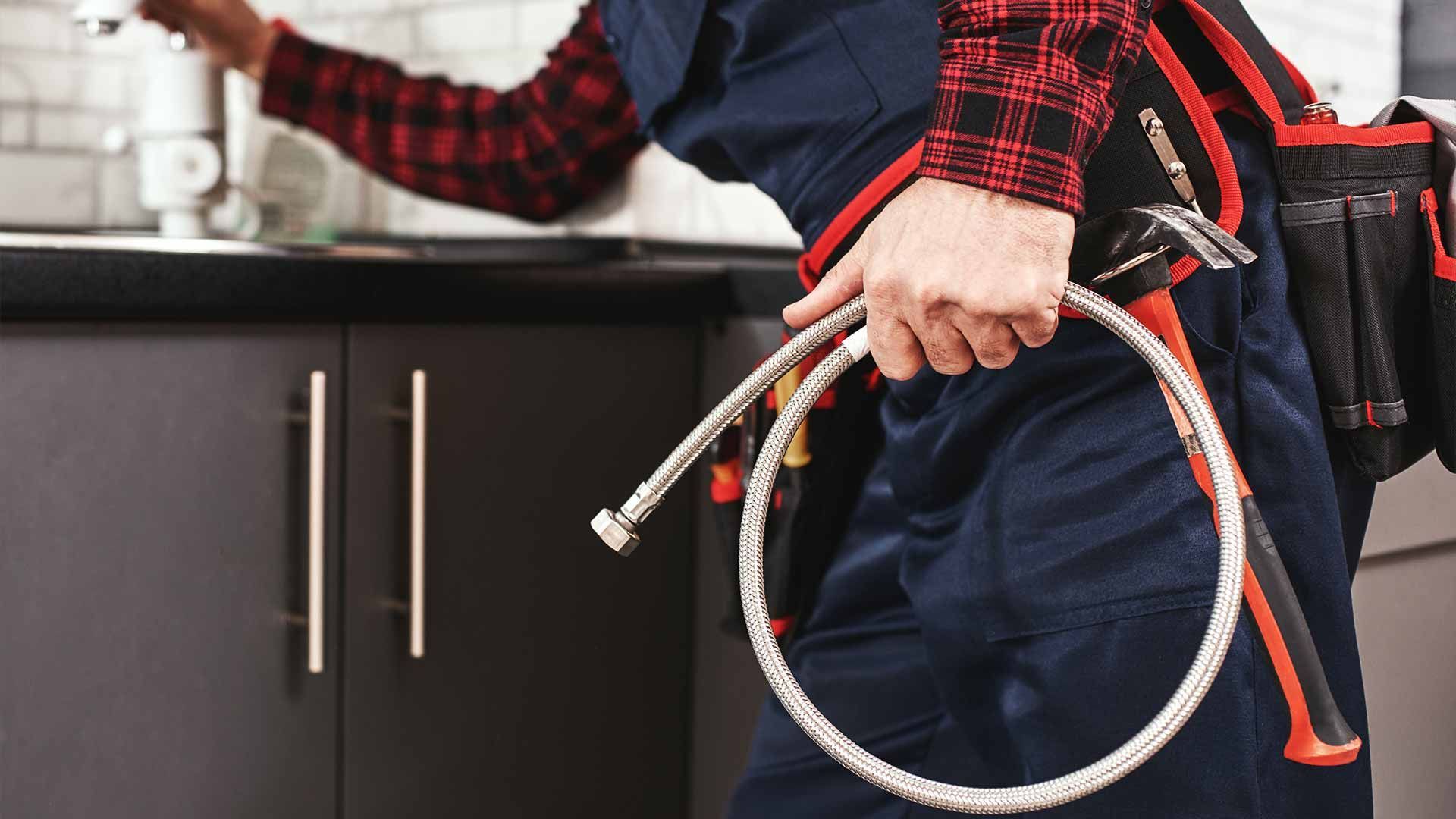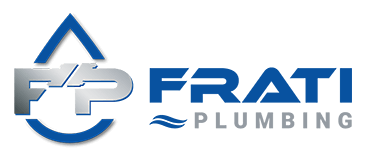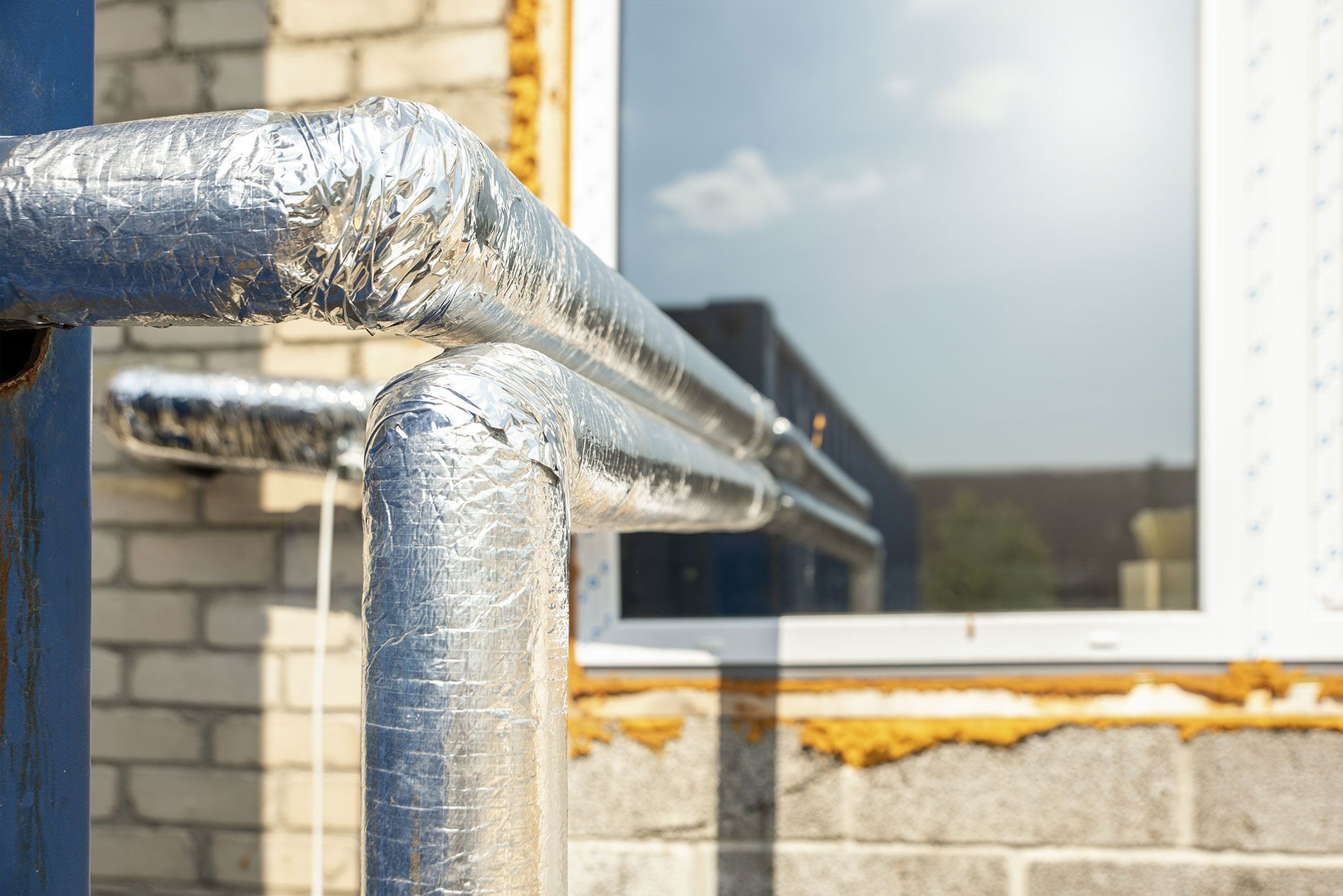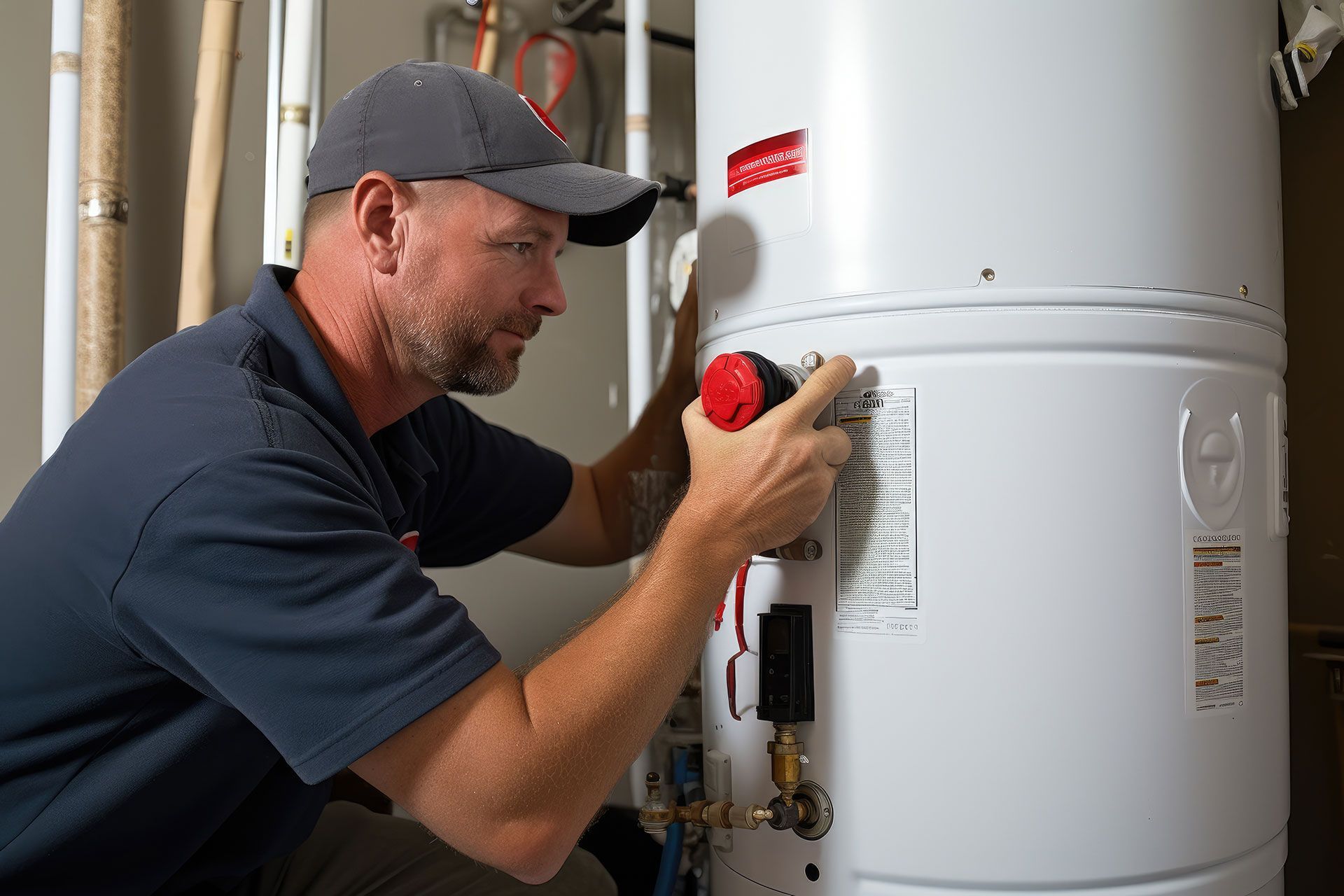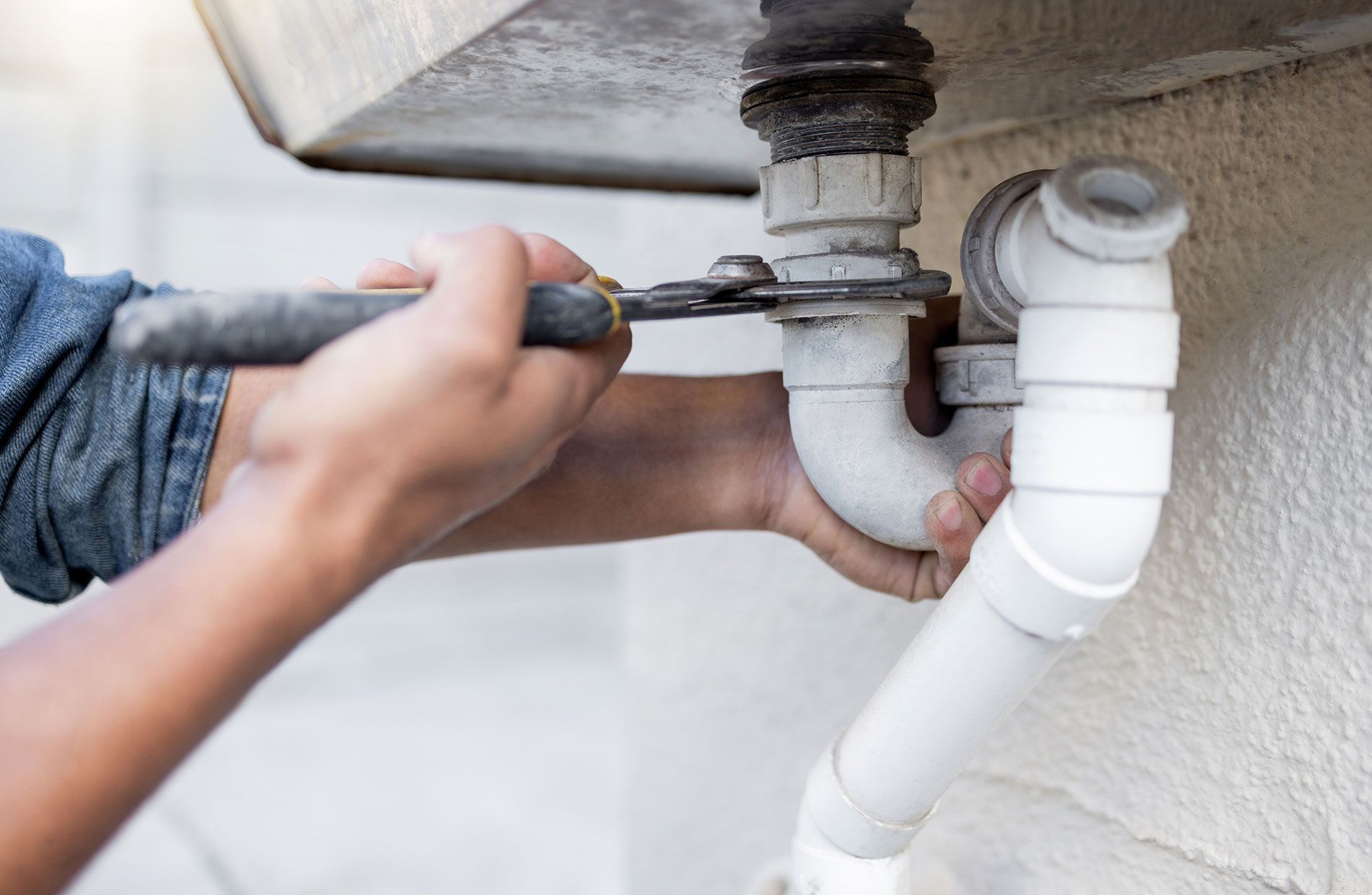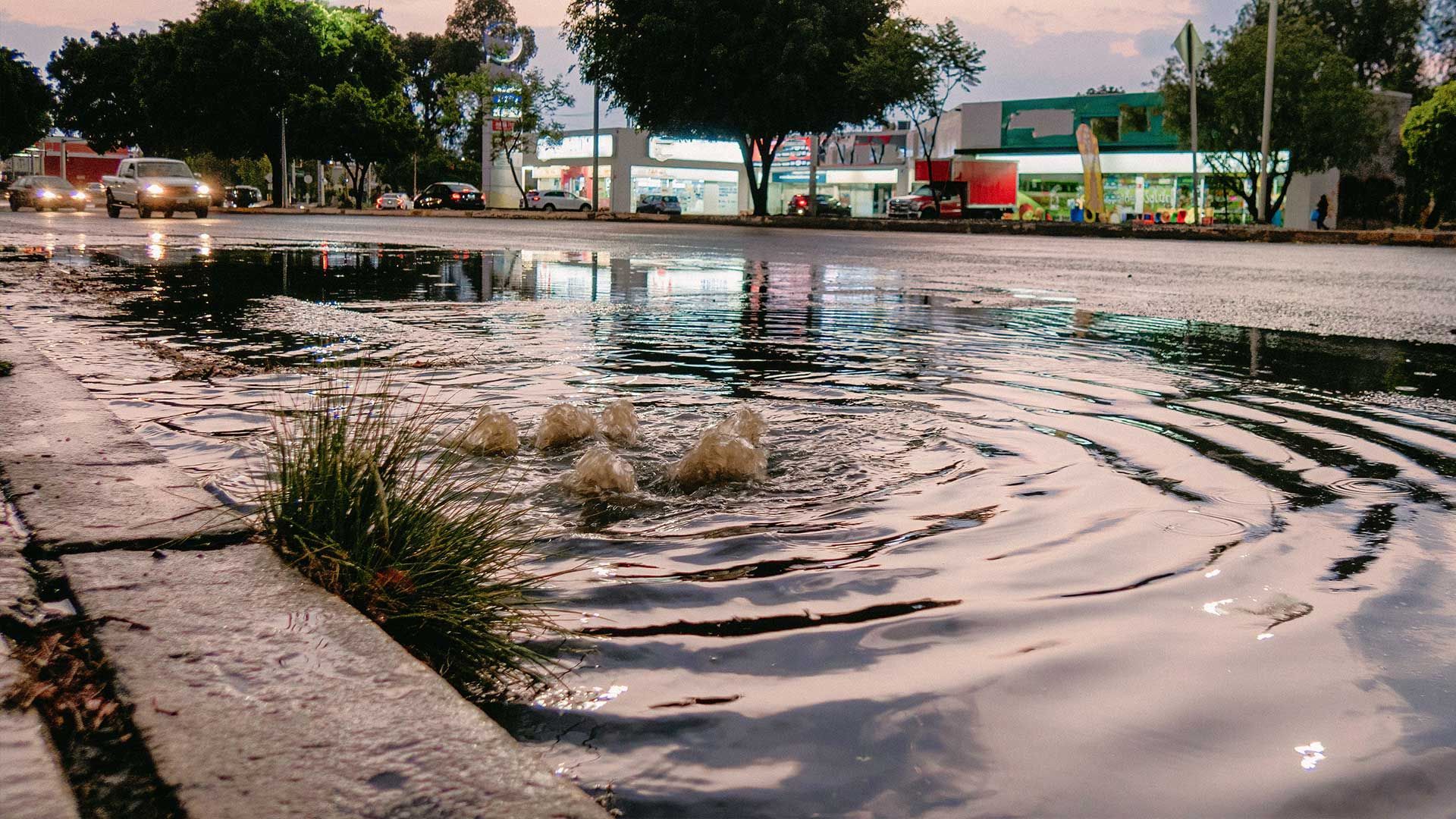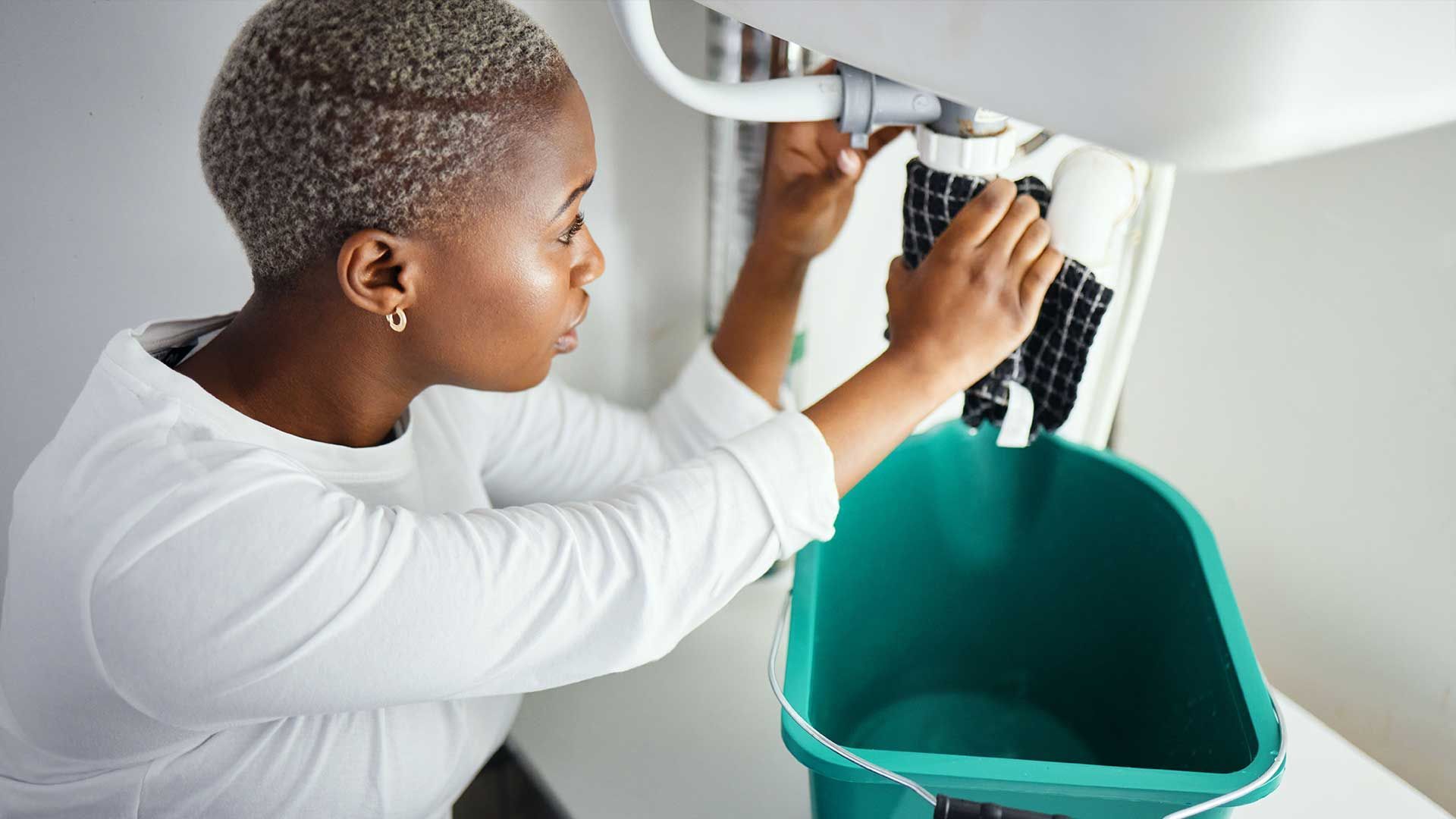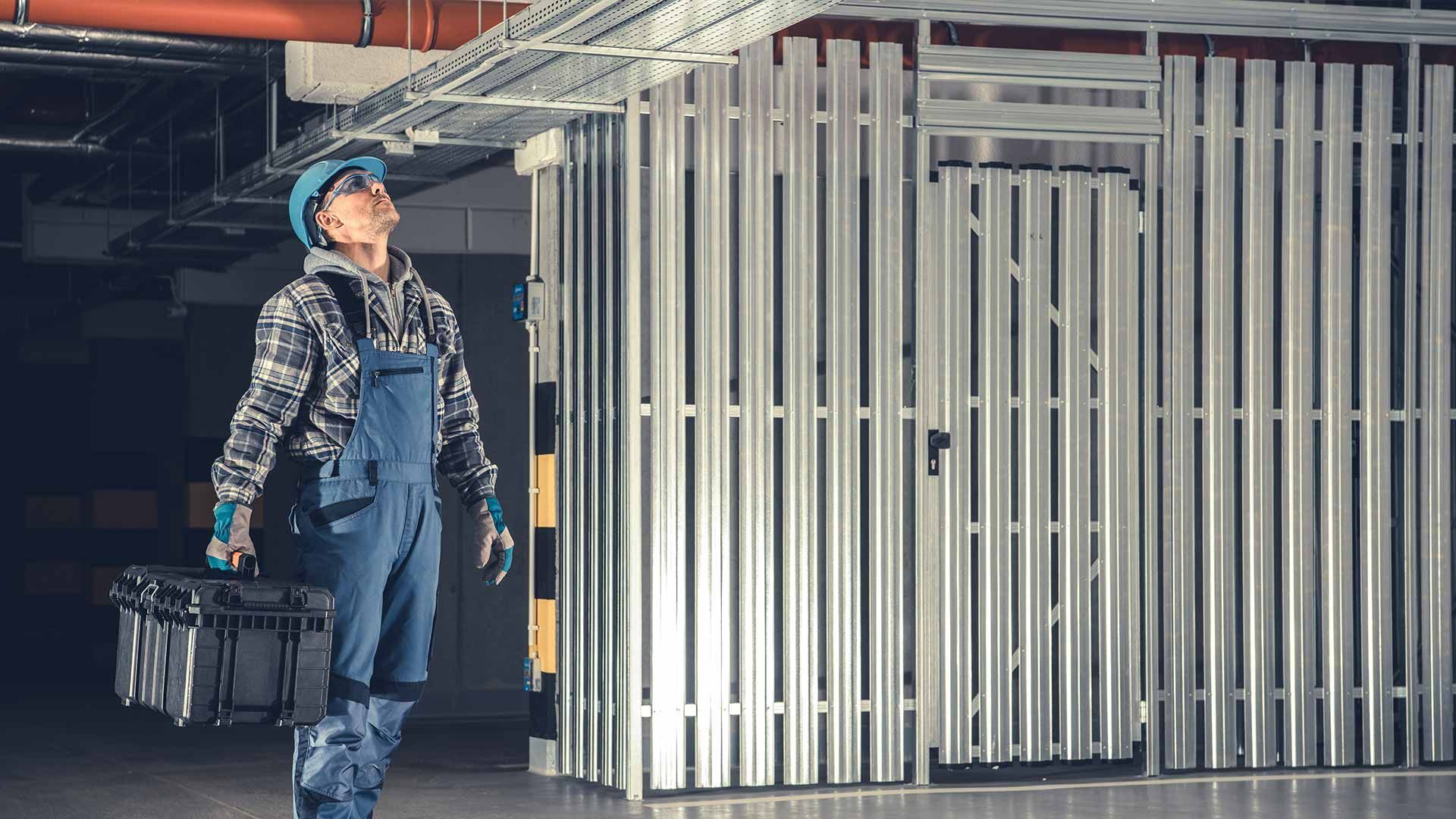Drainage Systems 101: Everything Homeowners Need to Know
Proper drainage systems are pivotal in preserving a home's structural integrity and safeguarding against water damage. These systems, designed to efficiently channel water away from the property, play a crucial role in home maintenance by preventing the accumulation of water that can lead to foundation weakening, soil erosion, and basement flooding. Drainage systems encompass a network of gutters, downspouts, and pipes, working cohesively to divert water from roofs, landscapes, and foundation areas to safer disposal points. This not only protects the physical structure of the home but also maintains the health of the landscape by preventing waterlogging, which can damage plants and turn yards into muddy quagmires. Understanding the components and functionality of your home's drainage system is essential for any homeowner, as it enables proactive maintenance and the early detection of potential issues before they escalate into costly repairs.
Section 1: Understanding Drainage Systems
Drainage systems in residential properties are ingeniously designed networks that manage water flow to protect structural integrity and preserve the natural environment. These systems consist of a combination of gutters, downspouts, pipes, and drains, strategically placed to guide excess water away from the home and its immediate surroundings. The primary function of a residential drainage system is to prevent water accumulation that can lead to soil saturation, undermining the stability of the home's foundation. By efficiently redirecting water, these systems mitigate the risks of foundation cracking, shifting, and other forms of structural damage that can arise from water infiltration.
The significance of an effective drainage system extends beyond the foundation, playing a vital role in maintaining soil stability around the property. Proper drainage prevents erosion, a process that can strip away topsoil, reduce land fertility, and create uneven ground that compromises landscaping and outdoor structures. Furthermore, it ensures the preservation of the landscape by preventing waterlogging, which can suffocate plant roots, promote fungal diseases, and destroy the aesthetic and functional aspects of outdoor living spaces. In essence, a well-designed and maintained drainage system is a cornerstone of sustainable homeownership, safeguarding the home's structure and the health of its surrounding ecosystem.
Section 2: Types of Drainage Systems
Surface drainage systems are engineered to remove excess water from the ground's surface, primarily through graded channels and shallow ditches that direct water away from residential areas. These systems are crucial in preventing water accumulation in yards and gardens, thereby safeguarding against flooding and soil erosion. They are commonly used in residential areas where quick dispersion of surface water is necessary to maintain landscape integrity and prevent water from seeping into basements.
Subsurface drainage systems, often known as French drains, function by collecting and redirecting subsurface water. Installed beneath the ground, they consist of perforated pipes surrounded by gravel, allowing water to seep in and flow away from areas prone to waterlogging. French drains are particularly effective in areas with high water tables or where soil retains water, providing a solution to prevent damage to foundations and landscaping.
Slope drainage systems are designed to control water flow on sloped properties, utilizing pipes laid on a gradient to channel water away. These systems prevent erosion and surface runoff that can damage landscapes and structures downhill.
Downspout and gutter systems play a vital role in roof and property water management by collecting rainwater from the roof and directing it away from the building's foundation. Properly installed and maintained gutters and downspouts are essential in preventing water damage to a home's exterior and surrounding landscape, highlighting their importance in comprehensive residential drainage planning.
Section 3: Components of a Home Drainage System
An effective drainage system comprises several key components, each playing a vital role in water management and protection of residential properties. Drains are the entry points where water is collected from the surface or subsurface areas. They are strategically located in areas prone to water accumulation, ensuring swift removal of water to prevent flooding or soil saturation.
Pipes serve as the conduits for water, channeling it away from the property to designated discharge points. They can be part of both surface and subsurface drainage systems, varying in size and material depending on the volume of water they need to transport and the environmental conditions they must withstand.
Gutters are installed along the edges of roofs to collect rainwater, preventing it from cascading down the sides of the building where it can erode soil and damage the foundation. Gutters direct water to downspouts, which then discharge the water away from the building's base, usually into a drainage system or a rainwater harvesting system.
Catch basins act as reservoirs for sediment and debris, preventing clogs in the drainage system. Located at low points on the property, they collect runoff water and filter out debris before the water enters the drainage pipes, ensuring the system remains efficient and reduces the need for frequent maintenance.
Together, these components form a cohesive drainage system that effectively manages water, protecting residential properties from the myriad issues associated with improper water drainage.
Section 4: Planning and Installation
When planning a drainage system, several critical factors must be taken into account to ensure its effectiveness and longevity. Property size plays a significant role, as larger areas may require more extensive drainage solutions to manage water flow effectively. The topography of the land is another crucial element; sloped properties may necessitate different drainage strategies compared to flat terrains to prevent erosion and efficiently direct water away from structures.
Local climate conditions greatly influence the design of a drainage system. Areas prone to heavy rainfall or snowmelt need robust systems capable of handling high volumes of water, while regions with drier climates might focus on maximizing water conservation and reuse. Soil type also impacts drainage planning, as permeable soils may facilitate natural infiltration, whereas clay-heavy soils might necessitate more comprehensive subsurface solutions.
Given these complexities, the importance of professional assessment and installation cannot be overstated. Experts in drainage systems can provide invaluable insights into the unique requirements of each property, considering all relevant factors to design a tailored solution. Professional installation ensures that the system is correctly implemented, maximizing functionality and minimizing the risk of future problems. This expertise not only protects the property from potential water damage but also ensures compliance with local regulations and environmental considerations, making professional involvement a key component in the development of an effective drainage system.
Section 5: Maintenance and Troubleshooting
To maintain the efficacy of a drainage system, routine maintenance tasks are essential. These include clearing debris from gutters and downspouts to prevent blockages that can lead to overflow and water damage. Inspecting and cleaning drains and catch basins regularly is also crucial to ensure they remain free from obstructions that could impede water flow. Additionally, checking pipes for signs of damage or leakage can prevent more significant issues down the line.
Common drainage problems often manifest as water pooling in certain areas, indicating poor water flow or clogging within the system. Signs of clogging can include visible debris in drains, gutters, or downspouts, as well as the slow drainage of water during rainfall. Poor water flow might be due to improperly installed or damaged pipes, leading to water backing up or diverting in unintended directions.
For DIY troubleshooting, homeowners can often clear minor clogs with tools like plumbers' snakes or by flushing the system with water. However, for issues such as persistent clogs, visible pipe damage, or if the problem's source is unclear, it's wise to call a professional. Experts can diagnose and resolve complex issues more efficiently and can also offer advice on preventing future problems, ensuring the drainage system functions optimally and protects the property effectively.
Section 6: Advanced Solutions and Technologies
Innovative drainage solutions and technologies have emerged to address complex issues, enhancing the efficiency and sustainability of residential drainage systems. Techniques such as permeable paving allow rainwater to infiltrate the ground directly, reducing runoff and recharging groundwater. Rain gardens and bioswales are aesthetically pleasing features that also facilitate natural water filtration and slow down water flow, mitigating the risk of erosion and water pollution.
Smart drainage systems, equipped with sensors and automated controls, represent the cutting edge of drainage technology. These systems can monitor rainfall and soil moisture levels in real-time, adjusting water flow dynamically to prevent flooding and optimize water usage. Such innovations not only improve drainage performance but also contribute to water conservation efforts.
Sustainable and eco-friendly drainage practices are increasingly important in modern homes, reflecting a growing awareness of environmental issues. Green roofs, for example, absorb rainwater, provide insulation, and create habitats for wildlife, all while reducing runoff. Rainwater harvesting systems collect and store rainwater for irrigation and other non-potable uses, lessening the demand on municipal water supplies and reducing homeowners' water bills.
By integrating these innovative and sustainable solutions, modern homes can effectively manage water drainage while contributing to environmental conservation and resilience against climate change. These practices not only address immediate drainage needs but also align with broader ecological goals, making them an essential consideration in contemporary residential planning.
Conclusion
Drainage systems play an indispensable role in home maintenance, safeguarding the structural integrity of properties by efficiently managing water flow. Understanding the basics of how these systems function is crucial for homeowners, as it empowers them to recognize signs of potential issues before they escalate into significant problems. A well-designed and maintained drainage system prevents water from accumulating around the foundation, which can lead to costly damages such as soil erosion, basement flooding, and compromised structural stability.
Regular assessment and maintenance of your home's drainage system are essential preventive measures. Homeowners are encouraged to conduct periodic inspections, especially before and after severe weather conditions, to ensure all components are functioning correctly. Simple actions like clearing debris from gutters and inspecting downspouts and drains can significantly enhance the effectiveness of your drainage system. Proactive maintenance not only extends the life of the system but also provides peace of mind by protecting your home from water-related issues.
Call to Action
We urge our readers to take a proactive step towards ensuring their home's safety and integrity by conducting a thorough drainage system check. Regular inspections can unveil hidden issues that, if left unaddressed, could lead to significant structural damage and costly repairs. Whether you're confident in DIY or prefer a professional eye, understanding the state of your drainage system is crucial.
For those who may not be familiar with the intricacies of drainage systems or simply want the assurance of a professional assessment, consider reaching out to experts who can provide a comprehensive evaluation. Frati Plumbing, known for their expertise and reliable service, offers thorough drainage system assessments. With a team of seasoned professionals, they can identify potential vulnerabilities and recommend effective solutions to safeguard your property. Don't hesitate to ensure the longevity and safety of your home; call Frati Plumbing today at 707-217-2712 for a detailed consultation and peace of mind.
FAQs

